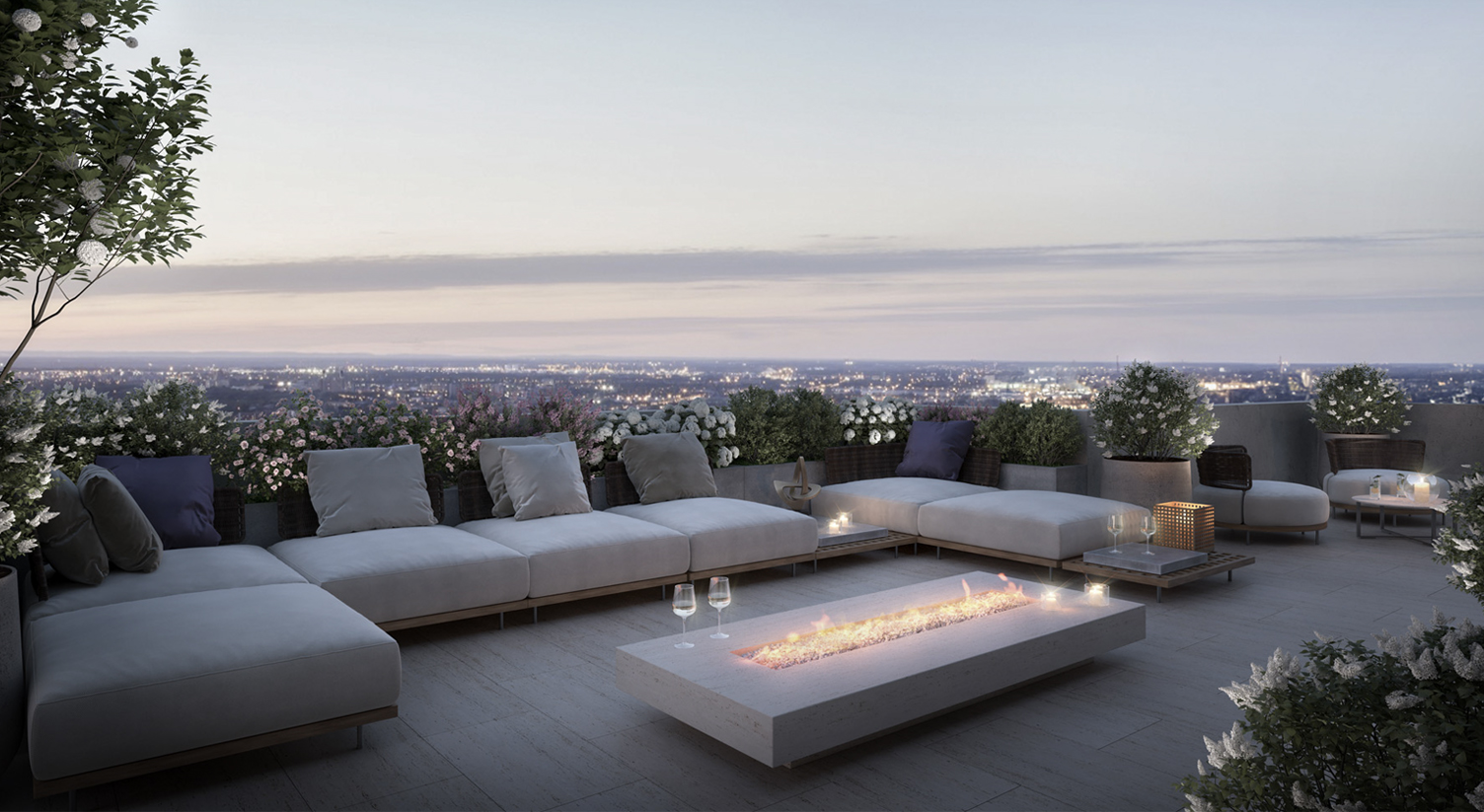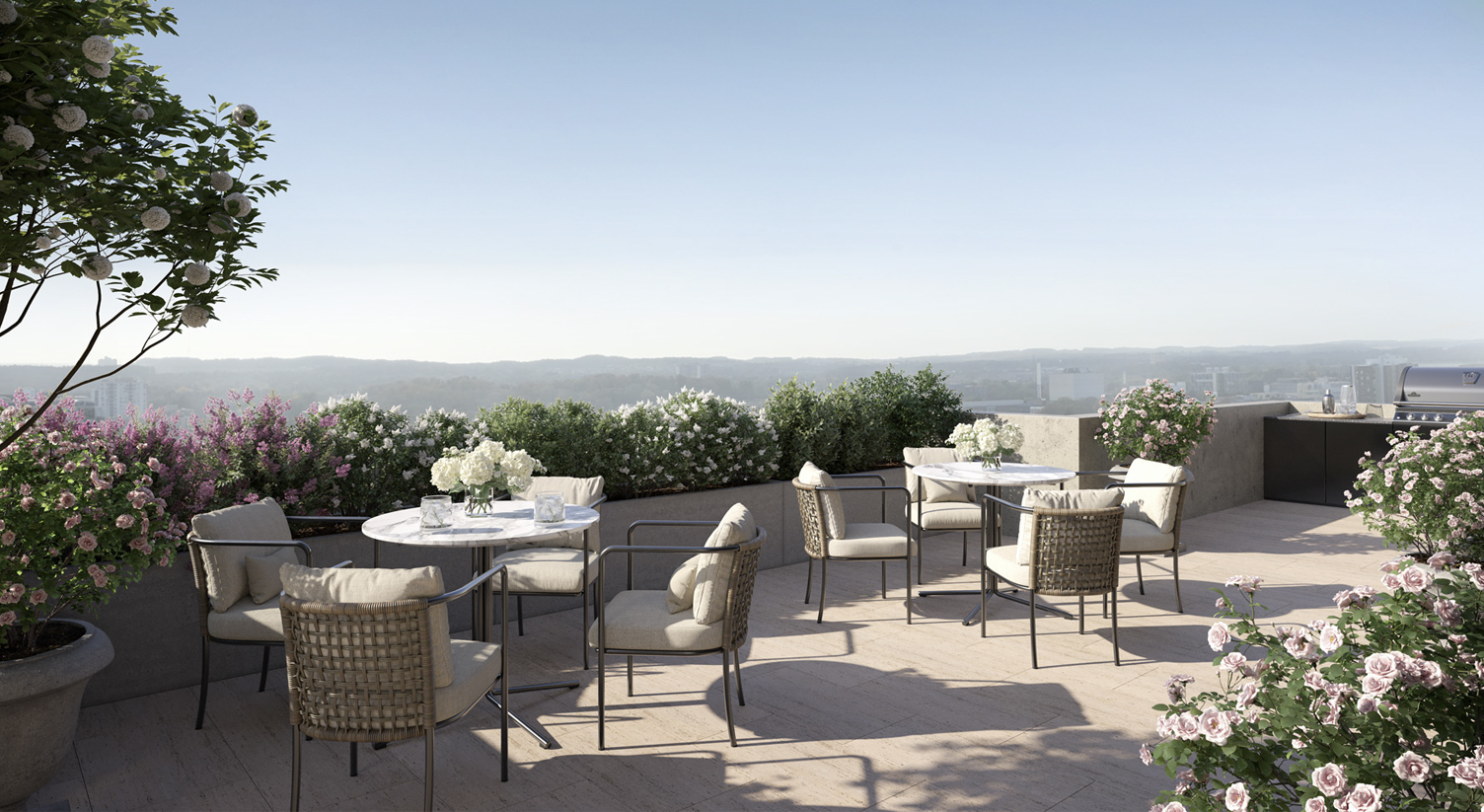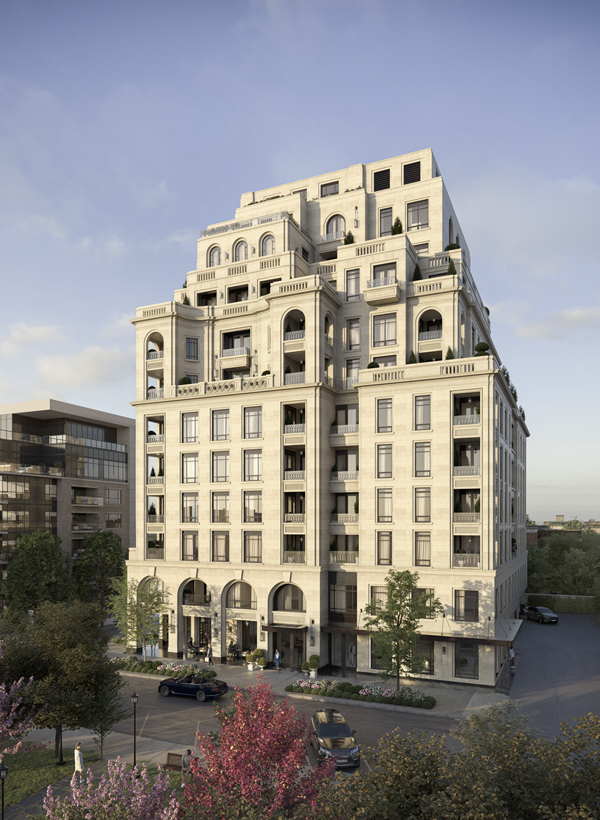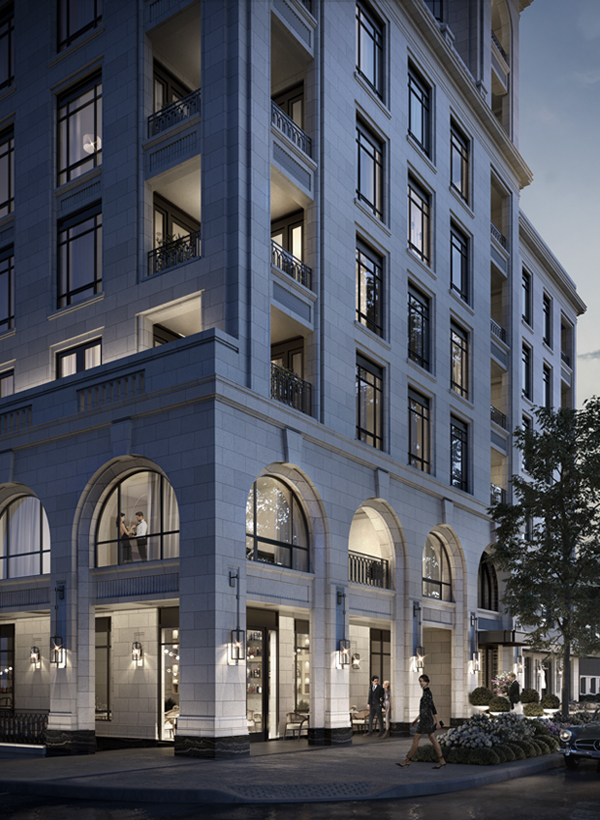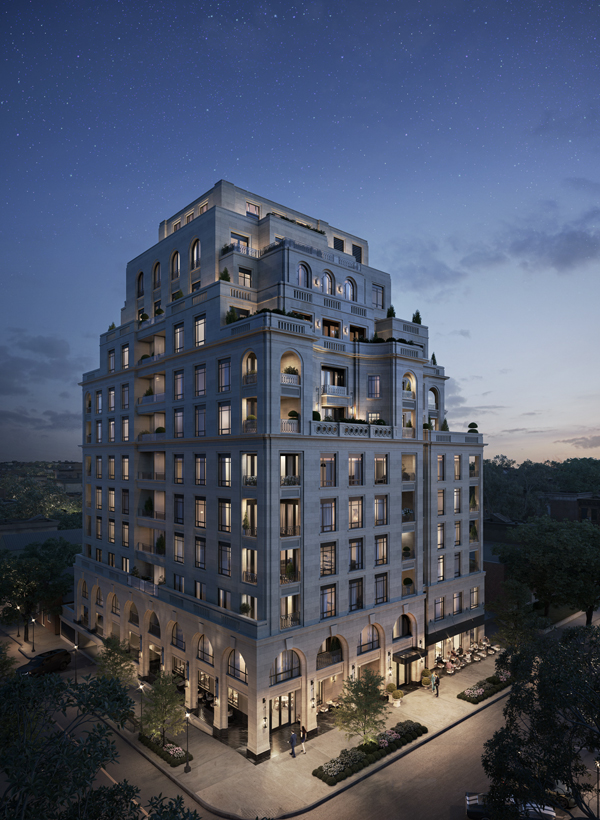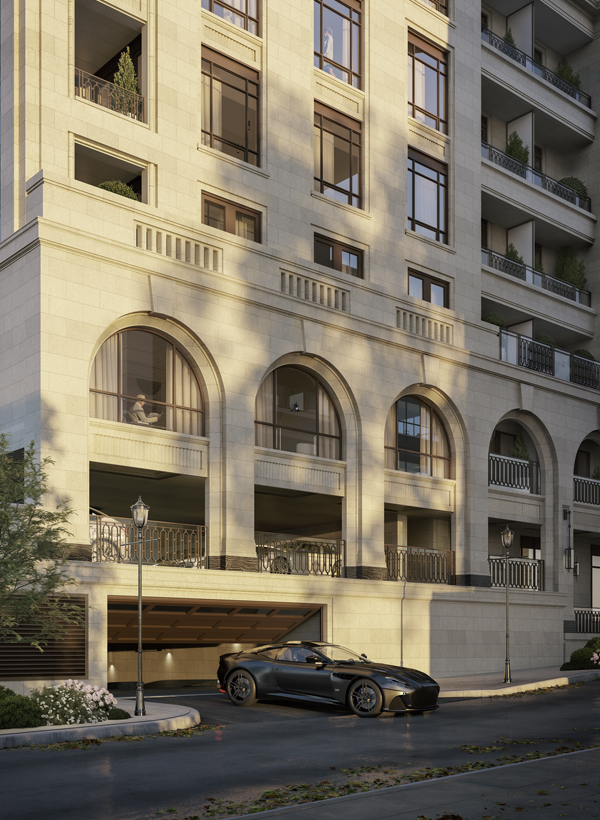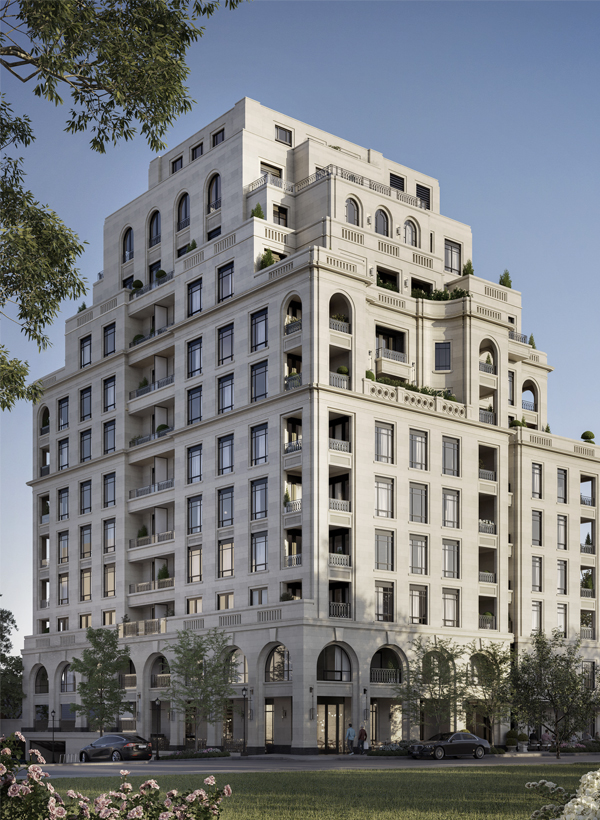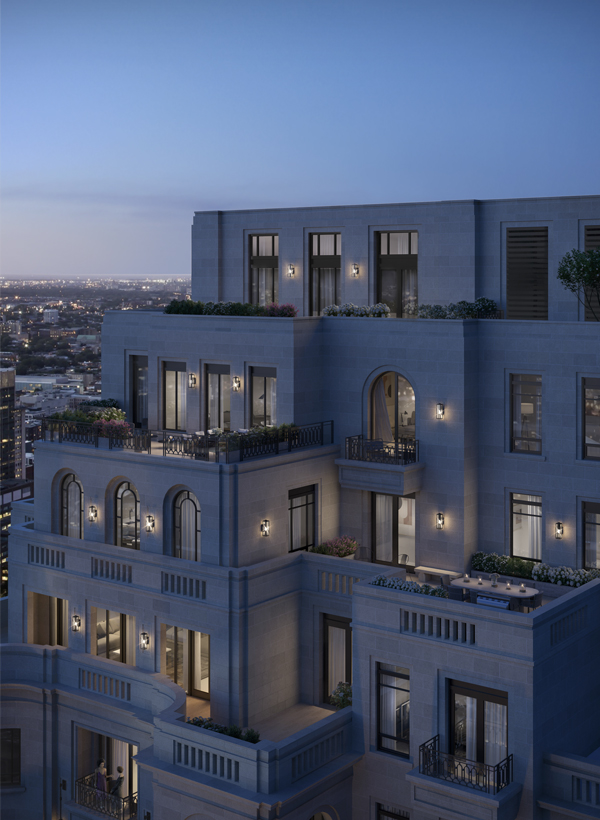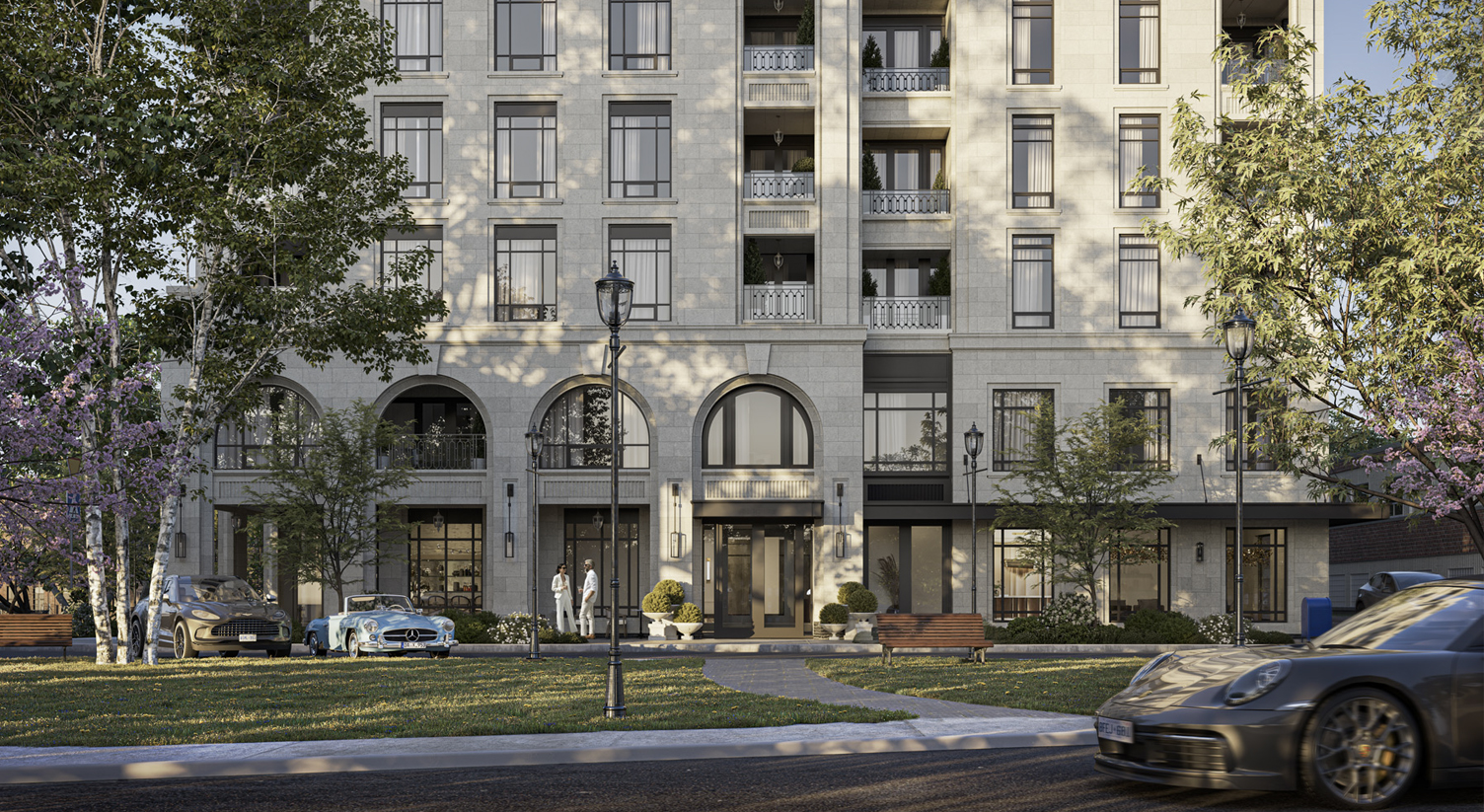
New Architectural Design Collection
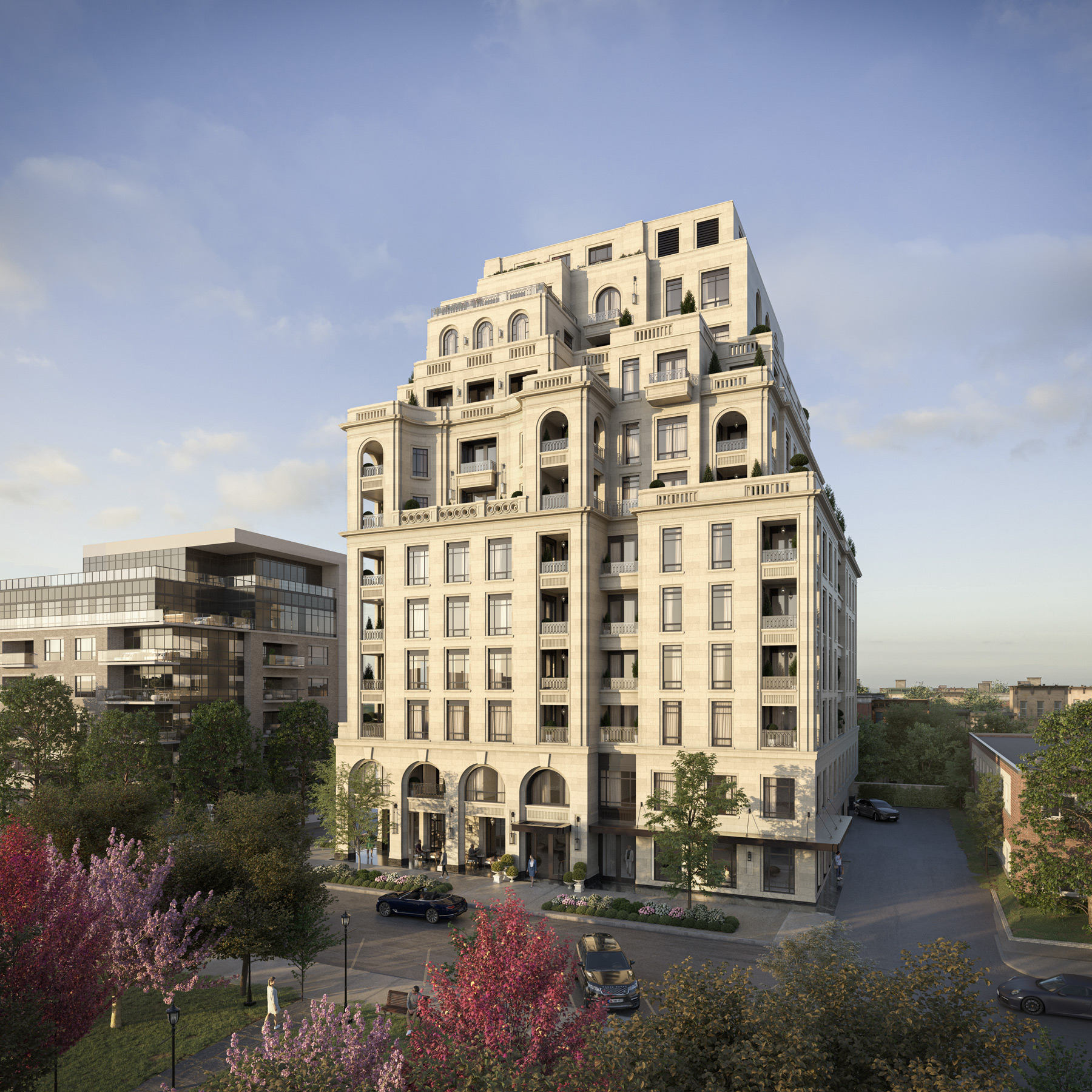
Classical Architecture
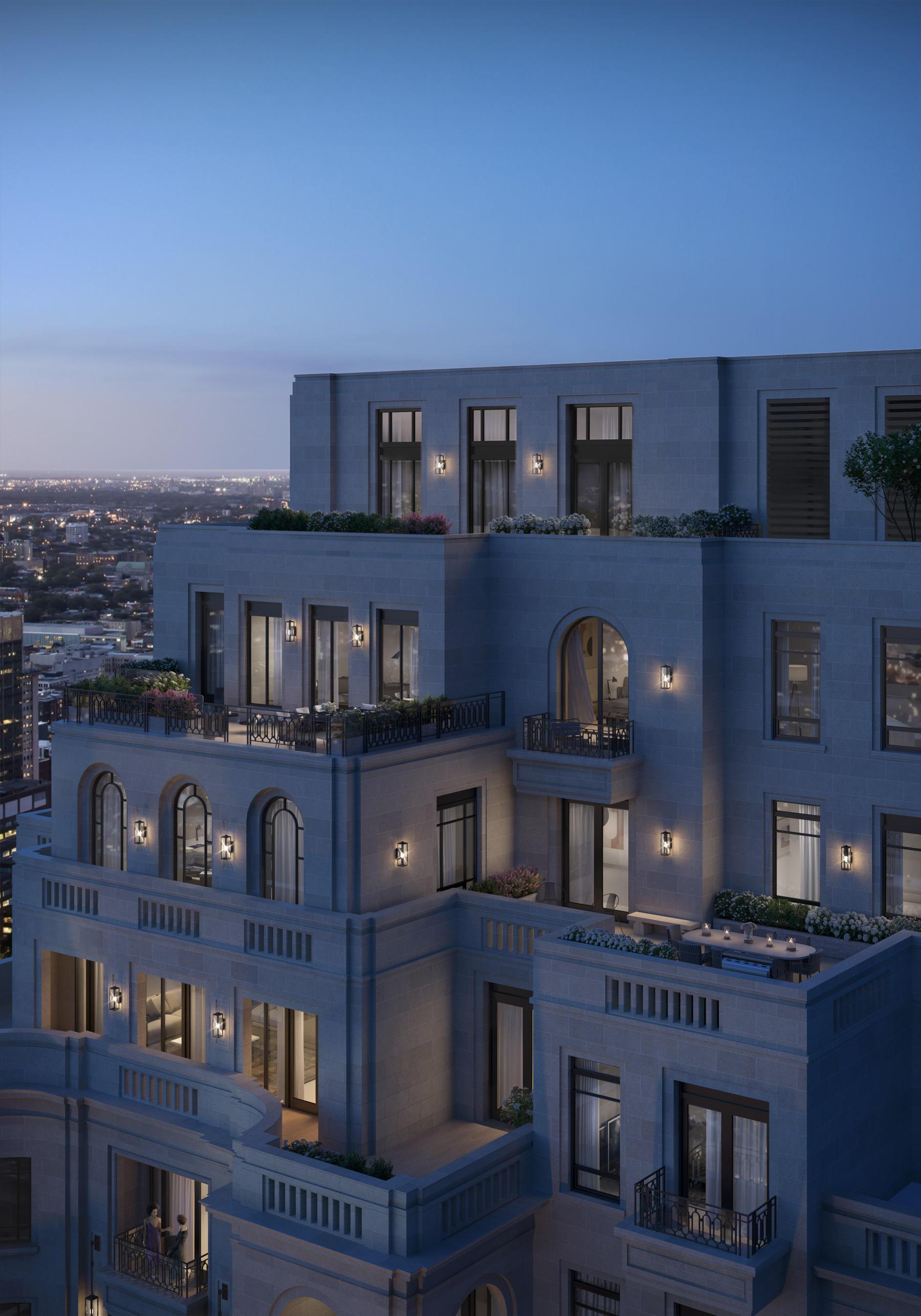
Juliet Balconies & Terrace Gardens
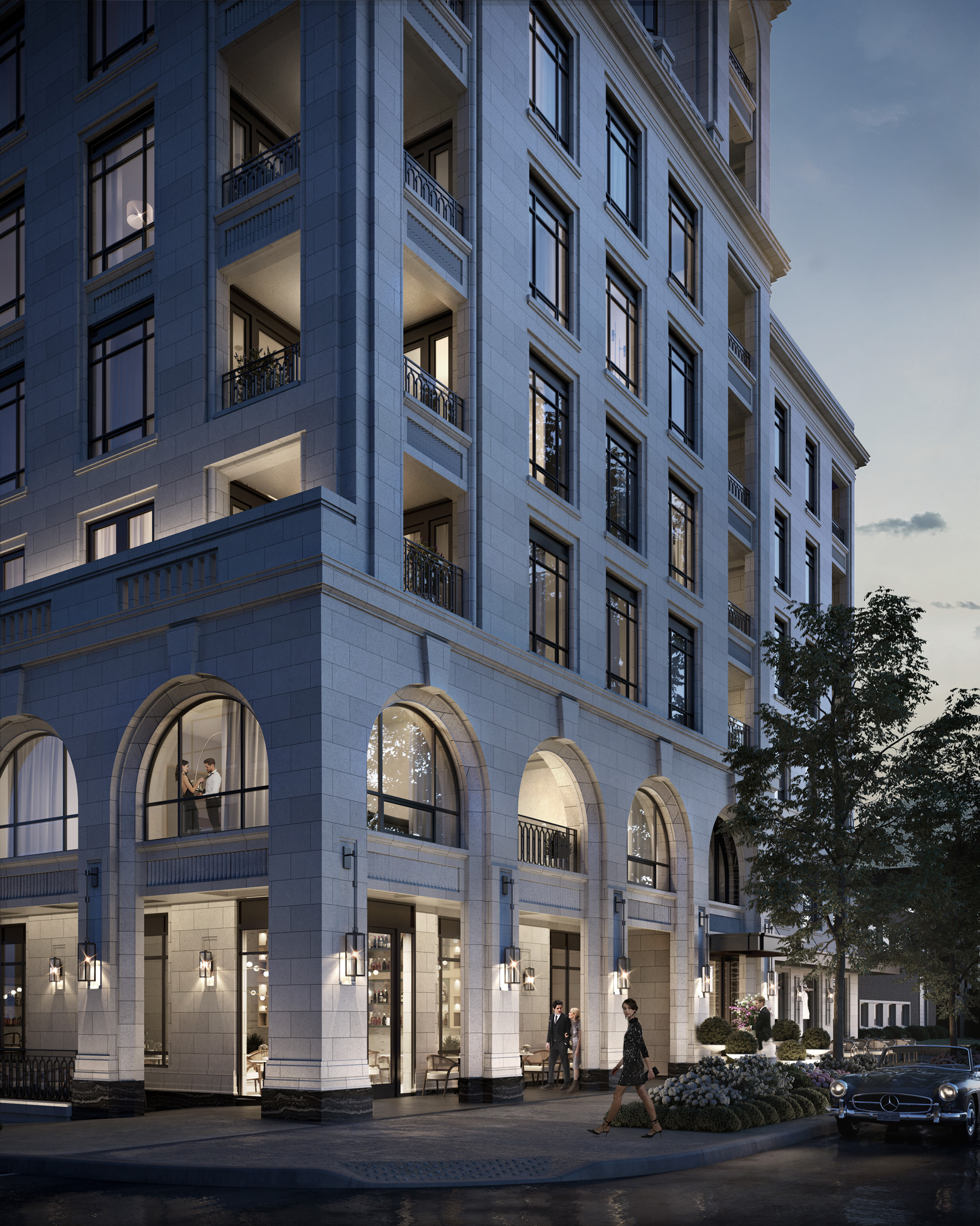
Residences Designed for Your Lifestyle

Meet Our Architect: Richard Wengle
An accomplished architect with a career spanning over four decades, Richard has been shaping the architectural landscape since 1983. With a profound passion for design and a keen eye for detail, he has dedicated his professional journey to creating structures that stand as timeless works of art. Richard draws inspiration from the classic allure of stone and the inviting warmth that emanates from well-crafted buildings. His commitment to blending form and function is evident in every project he undertakes, showcasing a harmonious balance between architectural brilliance and practicality. Currently embarking on the Isabella Residences project, Richard finds inspiration in the vibrant and dynamic atmosphere of New York City, aiming to infuse the spirit of the city into his latest creation set to stand the test of time here in Uptown Waterloo. We sat down with Richard recently to talk about this exciting project.
